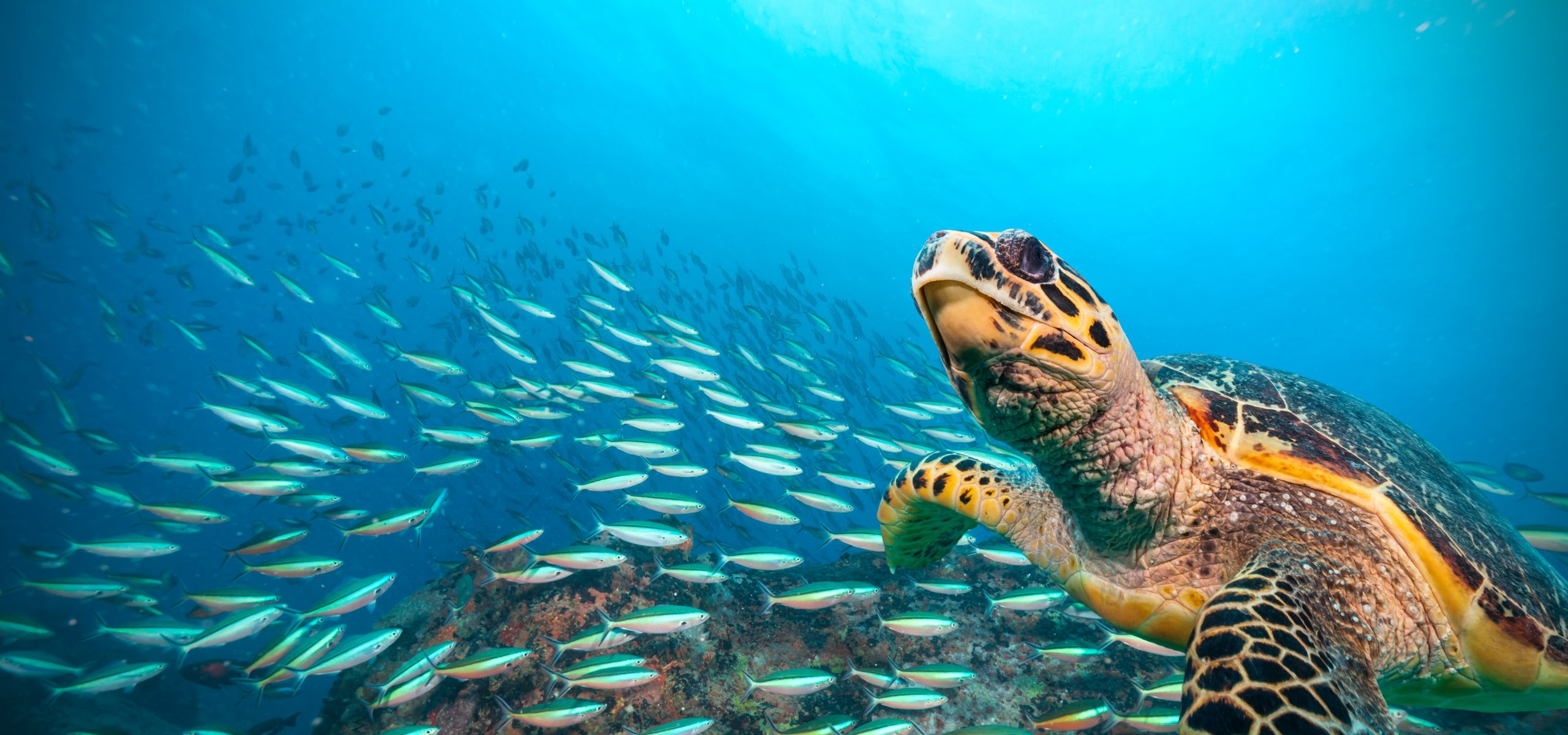Webinar: Submarine Cables and Marine Biodiversity – Report Launch & Panel Discussion

- 30 Apr 25
- Zoom
- 12:00 - 13:00 BST
A vast network of submarine fiber-optic telecommunications cables carries digital communications and internet traffic around the world, connecting continents, and traversing far longer distances than most other marine infrastructure. While the cables themselves are small in size (17-21mm diameter) the network is vast, totaling 1.7 million kilometers (km) in length (TeleGeography, n.d.). This global submarine network exists in many parts of the ocean environment and will continue to do so as our increasingly connected world demands greater data capacity.
In a report published on 10 April 2025, UNEP-WCMC colleagues collaborated with the International Cable Protection Committee (ICPC) to explore the probable impacts of installing, operating and removing submarine cables. The report also looks at strategies to mitigate the identified risks and any negative impacts.
Overall, the report's analysis found that submarine cables have a relatively small footprint in the marine environment. Globally 0.0098% of the seafloor is within 10 meters (m) of submarine cables, indicating that the global spatial footprint of submarine cables is minimal. This report is based on current evidence. Since cables are continually being laid, periodic reviews will be necessary.
The report also found that potential pressures and resultant impacts from cable activities on marine biodiversity are generally minimal although vary spatially and over the cable lifecycle. The intensity of pressure is highest during installation in shallow waters since cables often need to be buried at these depths for their own protection.
Please join us on Wednesday 30th April 12:00-13:00 BST for the launch of the report, and a panel discussion with UNEP-WCMC and International Cable Protection Committee (ICPC) technical experts.
